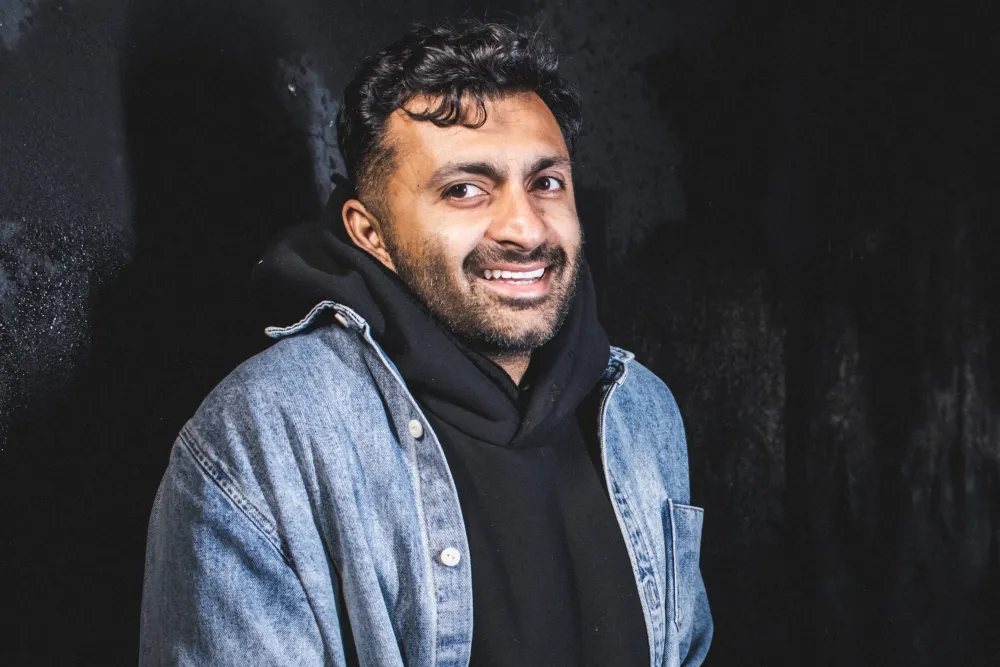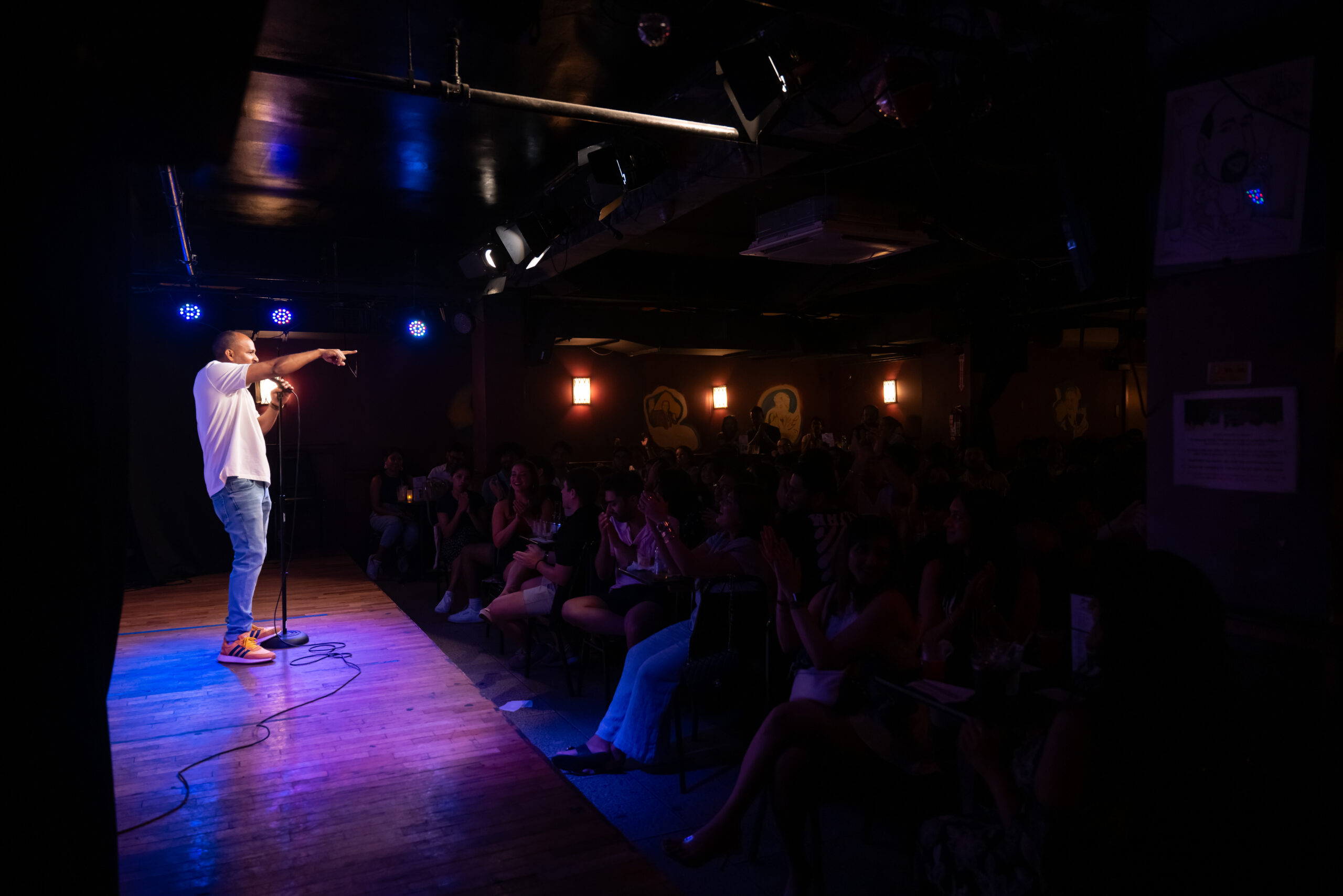New York City has long been a cultural melting pot, a place where diverse voices come together to create art that reflects the complexities of life. Among the city’s many artistic traditions, standup comedy holds a special place. From the smoky, intimate clubs of the 1950s to the bustling comedy venues of today, New York’s standup scene has evolved into one of the most vibrant and influential in the world. This blog post explores the history of standup comedy in New York City, tracing its roots, pivotal moments, and enduring impact on the broader comedy landscape.

The Early Days: Vaudeville and the Birth of Standup
The origins of standup comedy in New York City can be traced back to the vaudeville era of the late 19th and early 20th centuries. Vaudeville, a theatrical variety show featuring a mix of comedy, music, and other acts, was the dominant form of entertainment during this time. Comedians in vaudeville shows often performed short, humorous monologues or engaged in quick-witted banter, laying the groundwork for what would become modern standup comedy.
As vaudeville began to decline in the 1920s, many of its comedians transitioned to radio and film, while others started to develop their acts in more focused, solo performances. These early standup acts were typically performed in theaters and nightclubs, where comedians would entertain audiences with routines that ranged from observational humor to slapstick.
The 1950s and 60s: The Rise of the Comedy Club
The 1950s marked a significant turning point for standup comedy in New York City. During this time, the first dedicated comedy clubs began to appear, providing a platform for comedians to hone their craft and reach wider audiences. One of the most iconic venues from this era was the Greenwich Village’s Café Wha?, which hosted early performances by legendary comedians like Lenny Bruce and Woody Allen.
Lenny Bruce, in particular, was a trailblazer in the standup world, known for his provocative and often controversial material. Bruce’s willingness to push boundaries and address taboo subjects set the stage for a new generation of comedians who were unafraid to tackle social and political issues in their routines.
The 1960s also saw the emergence of the Gaslight Café, another Village hotspot that became a haven for comedians, folk musicians, and other countercultural artists. The intimate, bohemian atmosphere of these clubs fostered a sense of community among performers and audiences alike, and they became incubators for the kind of edgy, personal comedy that would come to define the genre.
The 1970s and 80s: The Comedy Boom
The standup comedy scene in New York City exploded in the 1970s and 80s, fueled by the success of television shows like The Tonight Show Starring Johnny Carson and the rise of comedy albums. Comedians who got a spot on Carson’s show often found their careers catapulted to new heights, making New York a crucial stepping stone for aspiring comics.
During this period, several iconic comedy clubs opened their doors, solidifying New York City’s reputation as the comedy capital of the world. The Comedy Cellar in Greenwich Village, which opened in 1982, quickly became a favorite haunt for both up-and-coming and established comedians. Its legendary “comics’ table” was where comedians would gather to critique each other’s performances and exchange ideas, fostering a competitive yet supportive environment that helped sharpen their skills.
Another major player in the New York comedy scene was Catch a Rising Star, a club that launched the careers of stars like Jerry Seinfeld, Robin Williams, and Eddie Murphy. The club’s emphasis on nurturing young talent made it a breeding ground for some of the most influential comedians of the era.
The 1990s and 2000s: Diversity and Evolution
As the 1990s rolled around, the New York comedy scene began to diversify, both in terms of the types of comedians performing and the range of material being explored. The rise of alternative comedy, characterized by more experimental and offbeat humor, provided a contrast to the traditional standup format and attracted a new generation of comedians and audiences.
Clubs like Upright Citizens Brigade (UCB), founded in 1996, became known for their embrace of alternative comedy, improvisation, and sketch performances. UCB’s influence extended beyond the standup stage, as many of its performers went on to achieve success in television and film, further blurring the lines between different forms of comedy.
This era also saw an increasing number of comedians from diverse backgrounds finding success in New York’s standup scene. The city’s rich cultural tapestry allowed for a wide range of perspectives to be represented on stage, from the sharp social commentary of Chris Rock to the autobiographical humor of Margaret Cho.
The 2010s and Beyond: A New Golden Age
In the 2010s, New York City’s standup comedy scene experienced a renaissance, with a new wave of comedians and venues revitalizing the art form. The rise of streaming platforms like Netflix gave standup comedy a global audience, and New York comedians were at the forefront of this movement. The success of comedians like Hannah Gadsby, Ali Wong, and Hasan Minhaj demonstrated the power of standup to address serious topics while still making audiences laugh.
The standup comedy scene in New York has also become more inclusive, with a greater emphasis on providing opportunities for comedians from underrepresented communities. Shows like Laughing Lassi, a monthly standup comedy event featuring South Asian comedians, reflect the growing diversity of the city’s comedy landscape. Founded by comedian Ali Mehedi, Laughing Lassi has become a platform for voices that have historically been marginalized in the comedy world, contributing to a richer, more varied comedic dialogue.

Conclusion: The Legacy of New York City’s Standup Comedy
New York City’s standup comedy scene has come a long way from its vaudeville roots, evolving into a dynamic and ever-changing art form that continues to influence comedians around the world. The city’s comedy clubs remain hallowed ground for performers looking to make their mark, and its diverse, vibrant community ensures that standup comedy will continue to thrive in New York for generations to come.
As the comedy scene evolves, one thing remains constant: New York City will always be a place where comedians can challenge the status quo, push the boundaries of what’s funny, and make audiences laugh—whether in the basement of a Village club or on the stage of a sold-out theater.





